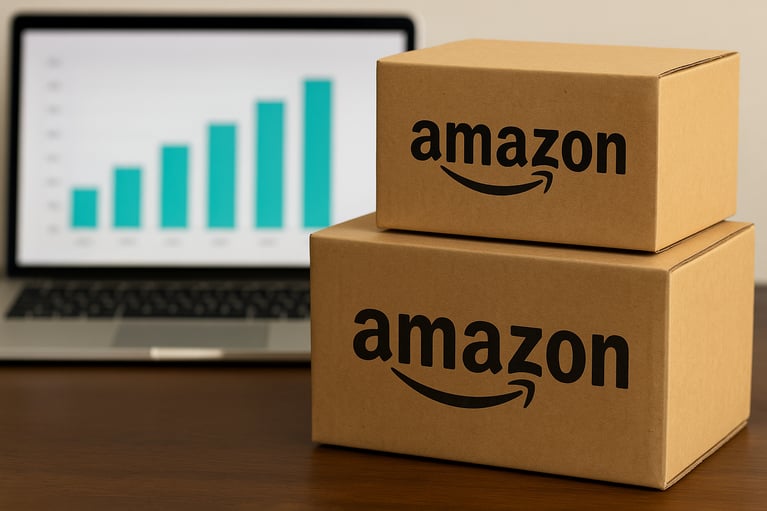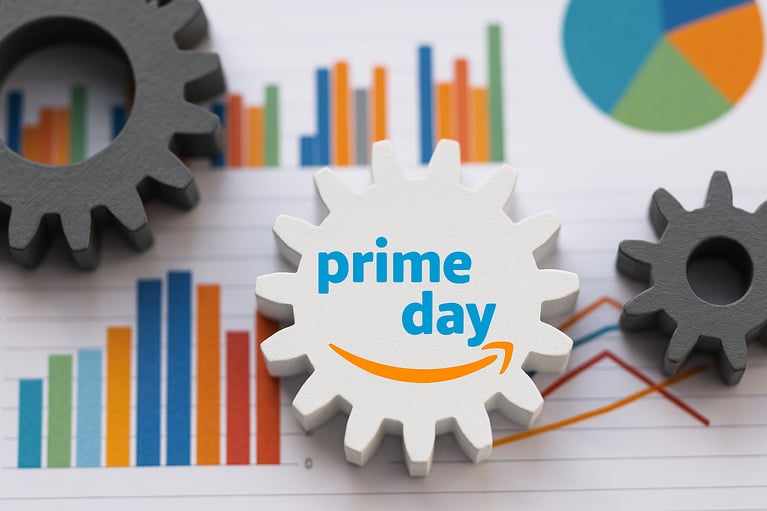Product quality used to be the battleground for beauty brands. Today, it’s about aspiration, transformation and customer experience. With ecommerce becoming the default shopping channel, brands cannot afford to treat the online journey like a mere transaction.
From discovery to doorstep, every interaction must feel curated, personalized and frictionless. That means aligning discovery, conversion, fulfillment and post-purchase experiences into one seamless narrative.
Discovery: capturing attention in a crowded market
A. Social media as the new beauty counter
Today’s consumers don’t “search” — they scroll. Platforms like TikTok, Instagram and YouTube Shorts have become the primary engines for product discovery, especially for Gen Z and younger Millennials.
To insert yourself directly into the feeds and moods of your audience, design short-form content. Beauty products naturally have strong visual appeal, making them perfect for social platforms where visual storytelling rules. This includes:
- Creating Instagram Stories that showcase new product benefits
- Hosting live video sessions to broadcast their story
- Engaging with audiences through direct messages and comments
- Partnering with creators who already have trust with target audiences
B. Intelligent cataloging and personalized discovery
A rich product catalog is only as valuable as it is navigable. In beauty ecommerce, where customers often browse multiple products before buying, an intuitive catalog can make the difference between a sale and an abandoned session.
A clean, filterable catalog structure includes smart attributes like skin type, finish, undertone and concern. When customers see products that perfectly complement their selections, they're more likely to add them to their cart.
C. Expanding reach through collaborations and affiliates
Brand collaborations and affiliate programs offer unique opportunities to reach new audiences. These partnerships create campaign moments and storytelling opportunities that feel organic and buzzworthy.
According to industry data, brand collaborations can be up to 25x more cost-effective than traditional digital ads. By partnering with creators who already hold sway over niche audiences, brands can scale reach while maintaining credibility.
Consideration: enhancing customer confidence and conversion
A. Perfecting visual commerce and mobile experience
In beauty ecommerce, presentation is persuasion. Crisp, true-to-color imagery, video swatches and texture demonstrations offer clarity that replaces the in-store tester experience. Compressing files ensures fast load times without compromising visual quality, an important factor for mobile users.
But quality visuals are just the start. Your mobile experience needs to be flawless. Mobile-first site design with simplified navigation, large buttons and clean layouts reduces friction in the process. Test your mobile site on various devices to ensure customers can scroll, read and view images without trouble. Every scroll, swipe and tap should bring the user closer to checkout.
B. Channeling the power of social proof
Beauty consumers are heavily influenced by peer validation. Real customer reviews, testimonials and user-generated content (UGC) give potential buyers the confidence to move forward. UGC also supports SEO and drives time on site.
To scale this strategy, you can host UGC contests or create branded hashtags to collect content from loyal fans.
C. Hyperpersonalization is now a must
Beauty consumers expect their shopping experience to be as unique as their skin tone or routine, and they're willing to pay for them. According to a recent survey, 75% of customers will pay more for personalized online shopping experiences.
You can capitalize on this by offering curated kits, recommended regimens and refill options tailored to customer data.
D. Sampling and virtual try-on close the gap
Product sampling offers a powerful way to reduce customer hesitation. Giving potential buyers a chance to try products before committing to full sizes significantly increases purchase probability while reducing returns.
Consider offering sample kits or digital try-on features to help customers experience your product before committing. This is especially helpful for new product launches or complexion products where color accuracy matters most.
Purchase: removing friction from the checkout experience
A. Seamless checkout = higher conversions
Even the best digital experiences can collapse at the final step. Cart abandonment remains a major challenge, especially in mobile. Streamlining the purchase experience is essential, especially in beauty ecommerce where impulse buys are common.
Beauty shoppers often purchase multiple products from different brands in a single session. Enable multi-seller carts and quick add-to-cart flows to accommodate this behavior and make checkout seamless.
Don't forget about cart abandonment recovery. Trigger abandoned cart recovery emails within hours, featuring the products left behind and a strong call-to-action. Include product images to reignite customer interest and make it easy to return to checkout.
B. Price sensitivity and promotional strategy
Pricing and promotions are equally important. The beauty industry thrives on bundles, seasonal offers and limited-time discounts. Dynamic pricing engines allow you to adapt pricing in real time, personalize offers and boost average order value (AOV).
Flexible payment options like Buy Now, Pay Later (BNPL) or mobile wallets are increasingly expected. This can significantly reduce cart abandonment, particularly for younger, price-conscious consumers.
Fulfillment: meeting delivery expectations in a fragile category
A. Specialized logistics for cosmetics fulfillment
Beauty ecommerce fulfillment requires specialized expertise. Certain cosmetic items are fragile and need careful handling during shipping and storage.
Partner with specialized carriers experienced in cosmetics transportation. This includes protective packaging, climate-controlled shipping options for temperature-sensitive products, and clearly labeled fragile items to minimize damage in transit. Cart.com emphasizes the importance of such specialized handling, particularly in maintaining product integrity and brand trust.
B. Inventory management for complex product lines
Beauty brands often juggle hundreds of products in varying shades, formulations and packaging types. Real-time inventory visibility and automated reorder triggers are vital to prevent stockouts and reduce overstock liabilities.
Centralizing inventory data across channels ensures accurate product availability and better forecasting, especially during new product drops or seasonal surges.
C. Quality control and regulatory compliance
Quality control can’t be overlooked. Fulfillment centers must conduct thorough inspections to verify expiration dates, product labeling and packaging accuracy.
Personal care products are subject to numerous regulations at federal and state levels. You must stay informed about the latest legal requirements for product labeling, ingredient disclosure and safety testing.
D. Shipping strategy as a brand differentiator
In a price-sensitive market like beauty products, shipping costs and speed can be key differentiators. Offer fast delivery options to meet the demand for instant gratification, and provide multiple shipping methods to cater to different customer needs. For high-AOV customers, free express shipping can become a powerful loyalty driver.
Providing real-time tracking updates and accurate delivery estimates builds trust and reduces post-purchase anxiety.
Post-purchase: turning transactions into long-term relationships
A. Handling returns and exchanges
Because many beauty products are non-resellable once opened, returns in this category present unique challenges.
Establish clear return policies and a user-friendly system. Consider offering partial refunds or credits for lightly used items when applicable. The key is making the process as smooth as possible while protecting your business.
B. Ongoing customer support and engagement
Implement 24/7 live chat support to assist customers whenever they need help, adding a personal touch to their shopping journey. Automated FAQ flows can address common concerns instantly, reducing support tickets and improving customer experience.
Use post-purchase follow-ups and cross-sell flows to re-engage recent buyers. When customers feel supported after their purchase, they're more likely to become loyal, repeat customers.
Compliance and trust: meeting regulatory and customer standards
Trust is one of the most important currencies in makeup ecommerce. Customers want assurance that the products they’re putting on their skin are safe, ethically sourced and accurately labeled.
Staying compliant isn't just about avoiding legal issues; it's about building trust with increasingly conscious consumers. This is especially true for claims like “clean,” “cruelty-free,” and “vegan,” which must be backed by certification to maintain credibility.
When customers trust your brand's values and practices, they're more likely to choose you over competitors.
The beauty of a seamless experience
Success in beauty ecommerce comes from understanding that every touchpoint matters. The whole process, from discovery to delivery, is an opportunity to delight your customers and differentiate yourself from the competition.
Your customers expect more than products, they expect experiences. Work with Cart.com to optimize your ecommerce experience end to end.
Subscribe to our emails for the latest industry insights!
By entering your email, you agree to receive marketing emails from Cart.com





